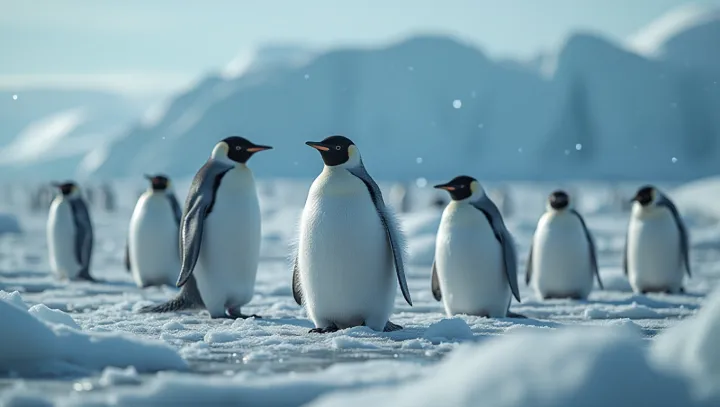Antarctic Enigma: Penguin Sovereignty

Amid the frozen wilderness of Antarctica, near the storied McMurdo Station, a curious ecological hierarchy unfolds as penguins emerge as significant influencers within the local environment. These seemingly docile birds, known primarily for their black-and-white plumage and waddling gait, are the architects of a delicate balance amidst the ice-covered realms. Recent studies conducted by experts at McMurdo Station, the largest research hub on the continent, have revealed that penguins play a crucial role in maintaining the Antarctic ecosystem.
Their nesting behaviors and seasonal migrations contribute to nutrient cycling, impacting both terrestrial and marine biodiversity. Dr. Emily Harwell, a leading ecologist at McMurdo, emphasizes, 'The presence and activities of penguins are indispensable for the overall ecological health of this region.
Their adaptive strategies provide a fascinating example of resilience in extreme conditions.' Such insights have highlighted the penguins as keystone species whose behaviors have ripple effects throughout the environment. As the global ecological community tunes in to these revelations, questions arise about the broader implications of climate change on such pivotal species. Conversations now pivot towards the conservation priorities that ensure the continued vitality of penguin populations, as they remain not just symbolic of Antarctic culture but vital to its ecological integrity.
